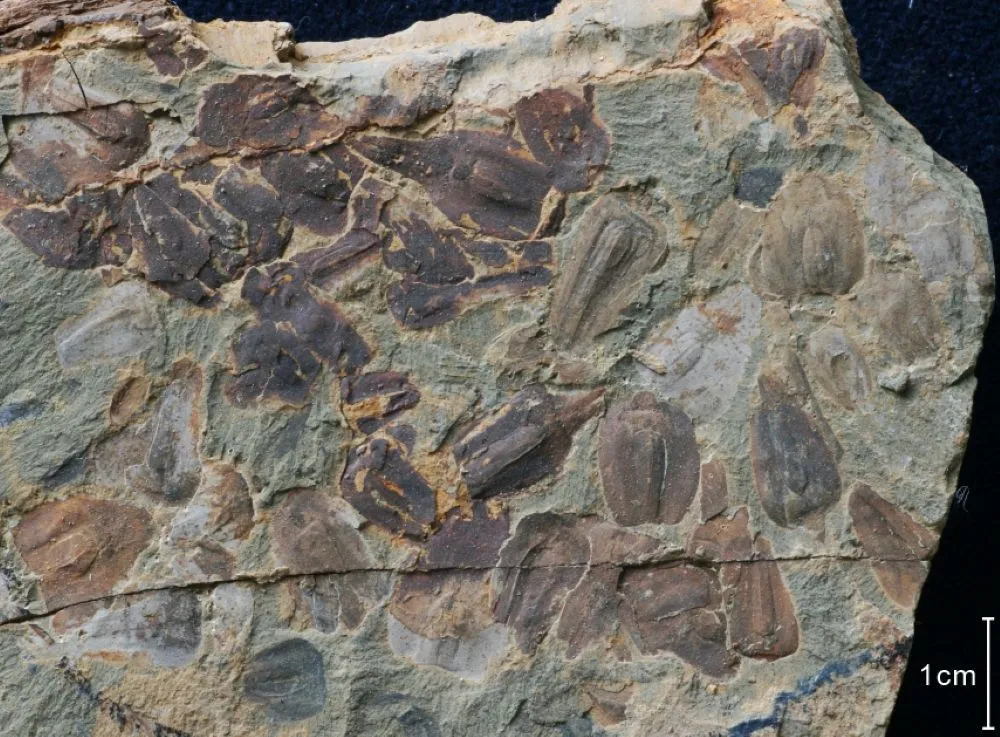By theorkneynews
The collapse of tropical forests during Earth’s most catastrophic extinction event was the primary cause of the prolonged global warming which followed, according to new research.
The Permian–Triassic Mass Extinction – sometimes referred to as the “Great Dying,” happened around 252 million years ago, leading to the massive loss of marine species and significant declines in terrestrial plants and animals.
The event has been attributed to intense global warming triggered by a period of volcanic activity in Siberia, known as the Siberian Traps, but scientists have been unable to pinpoint why super-greenhouse conditions persisted for around five million years afterwards.
Now a team of international researchers led by the University of Leeds and the China University of Geosciences in Wuhan has gathered new data which supports the theory that the demise of tropical forests, and their slow recovery, limited carbon sequestration – a process where carbon dioxide is removed from the atmosphere and held in plants, soils or minerals.
During extensive field studies, the team used a new type of analysis of fossil records as well as clues about past climate conditions found in certain rock formations to reconstruct maps of changes in plant productivity during the Permian–Triassic Mass Extinction.
Their results, which are published in Nature Communications, show that vegetation loss during the event led to greatly reduced levels of carbon sequestration resulting in a prolonged period where there were high levels of CO2.
The paper’s lead author, Dr Zhen Xu, from the School of Earth and Environment, University of Leeds, said:
“The causes of such extreme warming during this event have been long discussed, as the level of warming is far beyond any other event.
“Critically, this is the only high temperature event in Earth’s history in which the tropical forest biosphere collapses, which drove our initial hypothesis. Now, after years of fieldwork, analysis and simulations, we finally have the data which supports it.”
The researchers believe their results reinforce the idea that thresholds, or ‘tipping points’ exist in Earth’s climate-carbon system which, when reached, means that warming can be amplified.
China is home to the most complete geological record of the Permian-Triassic mass Extinction and this work leverages an incredible archive of fossil data that has been gathered over decades by three generations of Chinese geologists.
The lead author Dr Zhen Xu is the youngest of these and is continuing the work begun by Professor Hongfu Yin and Professor Jianxin Yu, who are also authors of the study. Since 2016, Zhen and her colleagues have travelled throughout China from subtropical forests to deserts, including visiting areas accessible only by boat or on horseback.
Zhen came to the University of Leeds in 2020 to work with Professor Benjamin Mills on simulating the extinction event and assessing the climate impacts of the loss of tropical vegetation which is shown by the fossil record. Their results confirm that the change in carbon sequestration suggested by the fossils is consistent with the amount of warming that occurred afterwards.
Professor Mills added:
“There is a warning here about the importance of Earth’s present day tropical forests. If rapid warming causes them to collapse in a similar manner, then we should not expect our climate to cool to preindustrial levels even if we stop emitting CO2.
“Indeed, warming could continue to accelerate in this case even if we reach zero human emissions. We will have fundamentally changed the carbon cycle in a way that can take geological timescales to recover, which has happened in Earth’s past.”
Reflecting on the study’s broader mission, Professor Hongfu Yin and Professor Jianxin Yu of the China University of Geosciences, underscored the urgency of blending tradition with innovation:
“Paleontology needs to embrace new techniques—from numerical modelling to interdisciplinary collaboration—to decode the past and safeguard the future,” explained Professor Yin.
Click on this link to access: Early Triassic super-greenhouse climate driven by vegetation collapse, published in Nature.
Professor Yu added:
“Let’s make sure our work transcends academia: it is a responsibility to all life on Earth, today and beyond. Earth’s story is still being written, and we all have a role in shaping its next chapter.”
